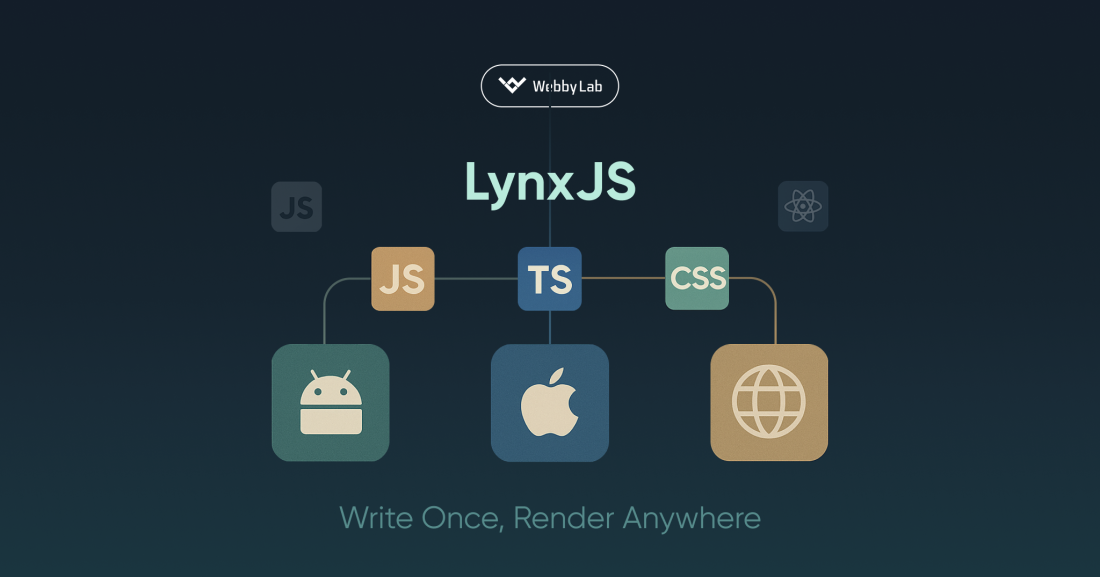How LynxJS Is Changing Cross-Platform App Development
We are keeping an eye on the development of modern tools for app development and couldn’t overlook the new cross-platform framework LynxJS, developed by ByteDance (TikTok). It’s a new player in the cross-platform development field that enables the creation of high-performance mobile and web applications using familiar web technologies such as JavaScript, TypeScript, CSS, and React. It provides native rendering on Android, iOS, and Web platforms, combining the simplicity of web development with the performance of native apps.
Key features of LynxJS:
-
“Write Once, Render Anywhere” approach: A single codebase for rendering across multiple platforms, ensuring pixel-perfect accuracy and consistent interfaces.
-
High performance: LynxJS implements a multi-threaded architecture where UI rendering is separated from business logic execution. This approach boosts performance and ensures a responsive UI, which is especially important for high-load applications.
-
Web-oriented design: The framework is designed with web developers in mind, allowing the use of CSS and React for building interfaces.
Comparison of LynxJS and React Native:
-
Architecture: LynxJS uses a multi-threaded architecture, separating UI rendering and app logic into different threads, which increases performance and reduces latency.
-
Styling: LynxJS supports native CSS for styling interfaces, including animations and transitions, which simplifies adaptation for web developers. React Native is limited to a subset of CSS and uses JavaScript for styling, which can be less flexible.
-
Platform support: Both frameworks support Android and iOS. LynxJS also offers built-in web support, while React Native requires additional libraries for web compatibility.
-
Ecosystem and community support: LynxJS has only recently been made publicly available, and its ecosystem is still developing. Currently, it lacks a large community and a variety of third-party libraries, which limits integration options and ready-to-use solutions.



